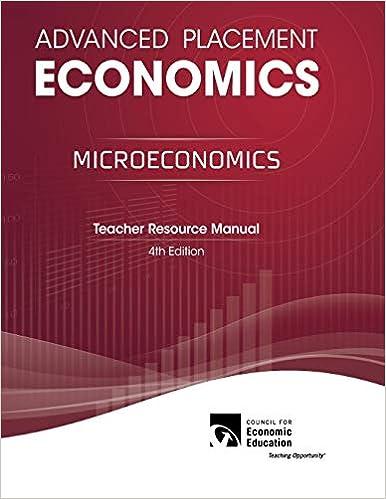Question
Question 1: Savings Tax (35 points) We consider the effect of a tax on savings on the intertemporal consumption decision of households. Households maximize their
Question 1: Savings Tax (35 points)
We consider the effect of a tax on savings on the intertemporal consumption decision of households. Households maximize their lifetime utility:
u(C) +u(Cf)(1) whereCandCfare current and future consumption andis the discount rate. They face a standard
budget constraint in the first period:
C+Af= A+Y(2) whereYis current income,Ais wealth andAfis the amount of resources that households wish to save for the next period. Assume that the government imposes a taxton savings so that the second
period budget constraint is:
Cf= (1-t)(1+r)Af+ Yf(3) (a)[10 pts]Substitute the intertemporal budget constraint into the utility function and derive
the first order condition of the utility maximization problem.
(b)[5 pts]How does your expression differ from the Euler equation discussed in the lecture
notes? How should we interpret the new equation?
(c)[10 pts]Describe intuitively how an increase in the savings-taxtaffects consumption and
savings decision of households using the concepts of income and substitution effects.[No derivation required].
(d)[10 pts]Households are not subject to the savings tax anymore. Using1+r=(1+i)/(1+e), find the relationship between the inflation rateeand savings taxtin part (c) of Question 1 such that inflation and the saving tax have the same impact on consumption.[Hint: in the previous problem, r was fixed. We now assume that i is fixed]
Step by Step Solution
There are 3 Steps involved in it
Step: 1

Get Instant Access to Expert-Tailored Solutions
See step-by-step solutions with expert insights and AI powered tools for academic success
Step: 2

Step: 3

Ace Your Homework with AI
Get the answers you need in no time with our AI-driven, step-by-step assistance
Get Started


